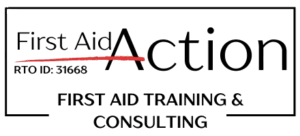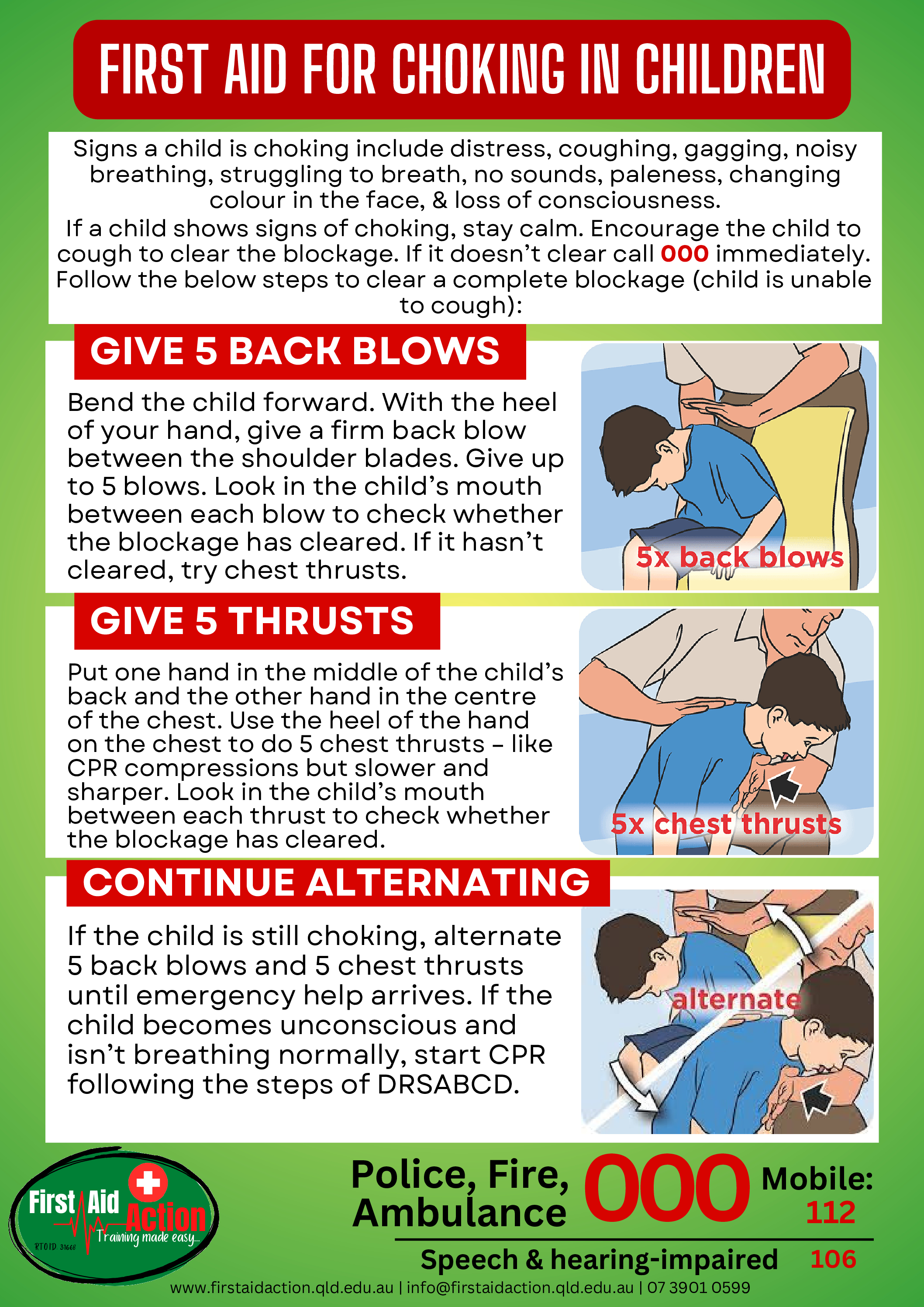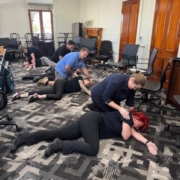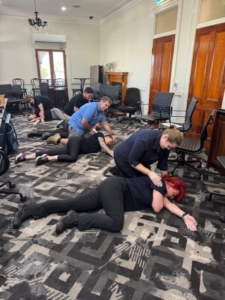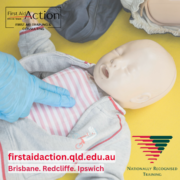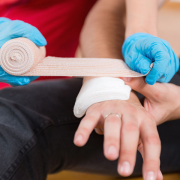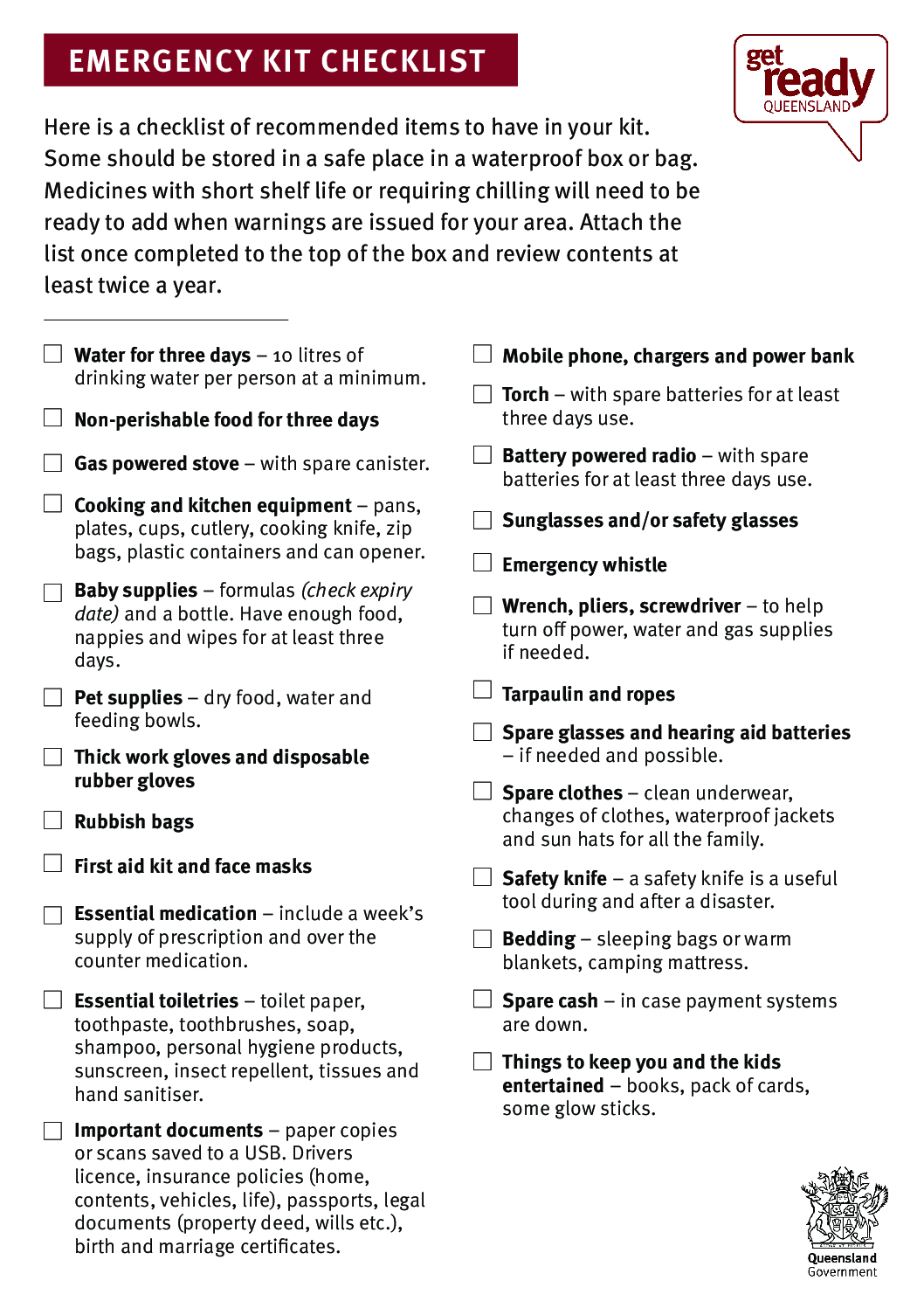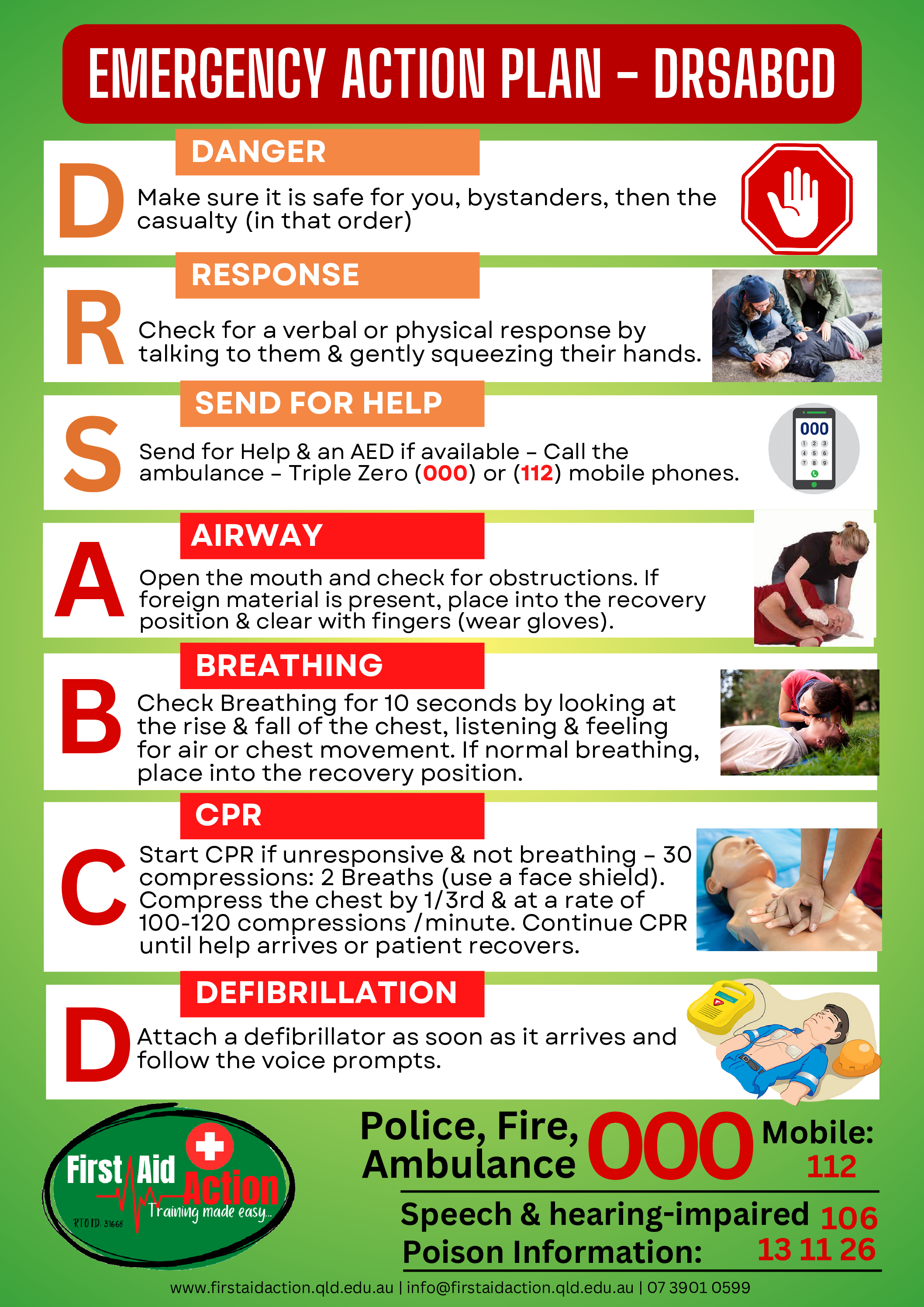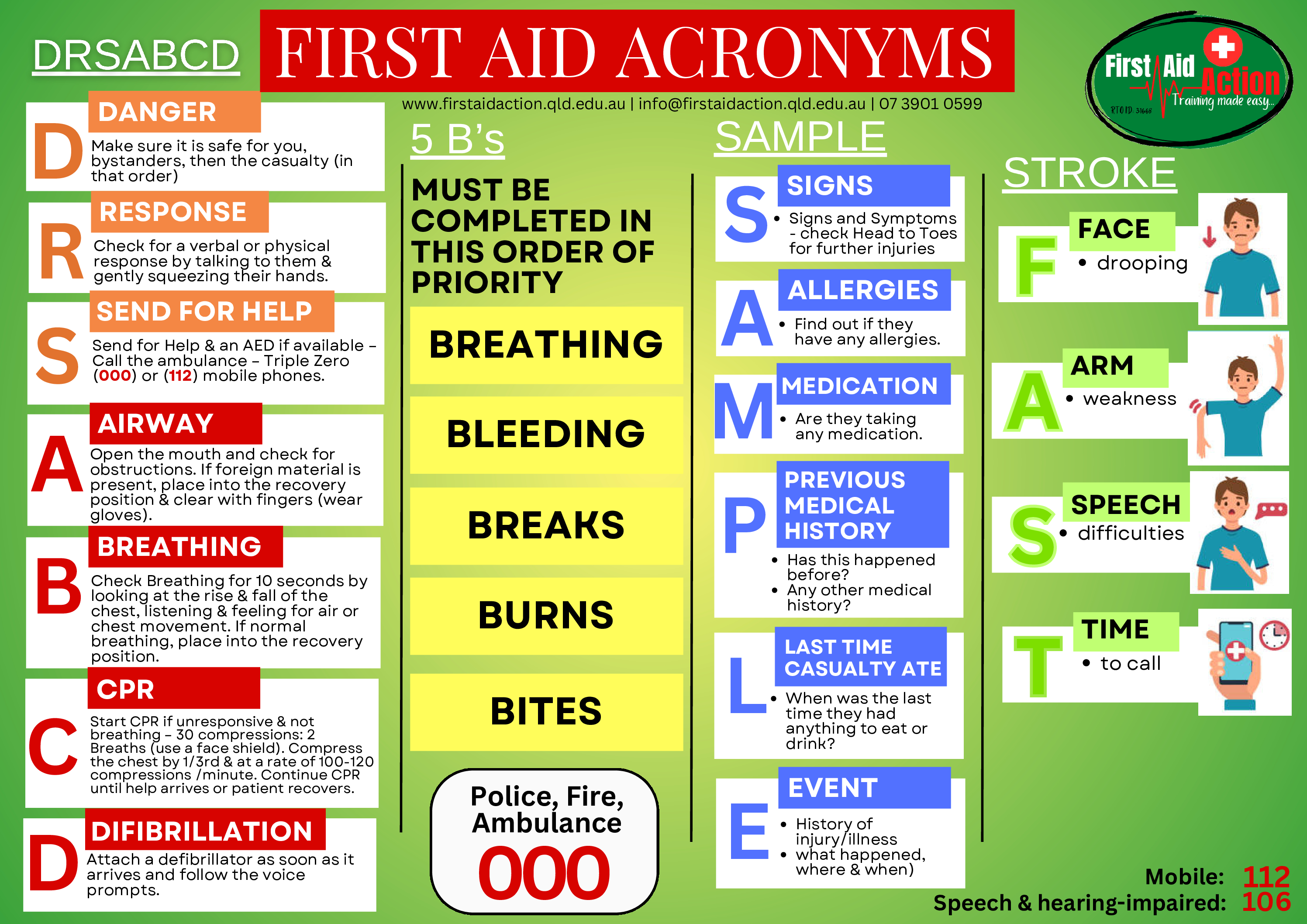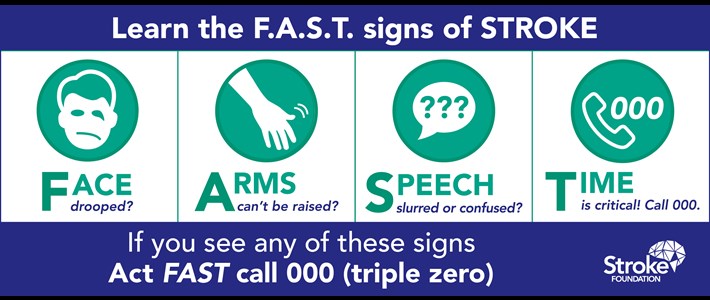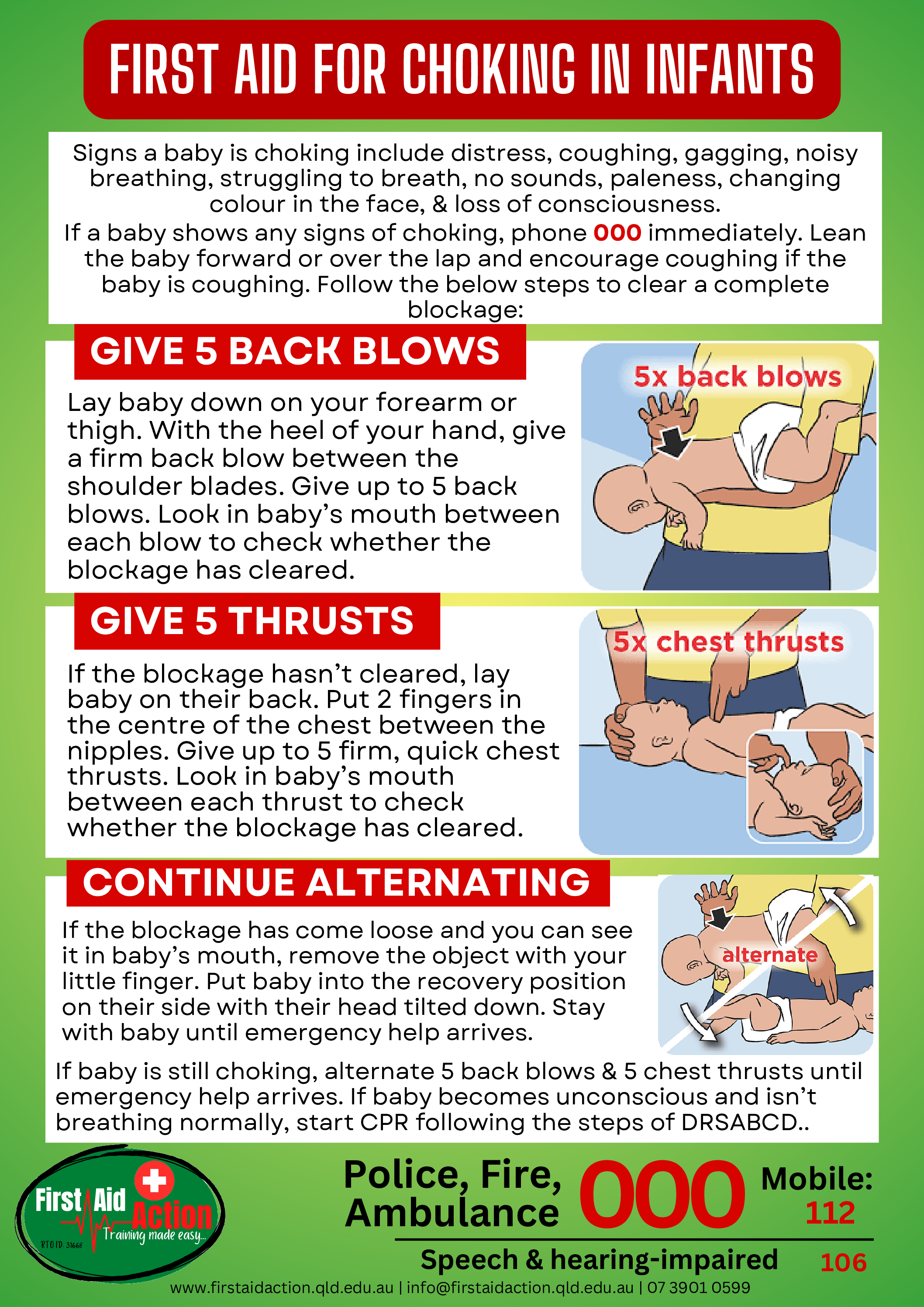What to do if your child is choking?
Please download the below free PDF and print it out to put on your fridge, wall or anywhere to remind you what to do if your child is choking. The information is based on the Australian Resuscitation Council guidelines. A common mistake is to hit the child hard on the back while they are actually trying to cough up the blockage themselves. This can cause the blockage to go further into the airway and completely block the airway.
If your child is able to cough, speak or breathe then let them lean forward and keep trying to cough it out or let them lay over your lap and cough. If they are becoming more distressed and unable to cough or breathe then call the ambulance. If your child is unable to cough, breathe, talk or make little or no sounds then proceed with 5 back slaps across the shoulder blades with your child over your lap and then place your hand across the chest and give 5 gentle pushes into the chest (called chest thrusts). Call the ambulance. Alternate these until the child coughs out the blockage or the ambulance take over. Be prepared if your child falls unconscious to follow the DRSABCD steps of CPR.
Teach your children to make a noise to alert you if are not watching your children eat their food. Whether they bang the table, throw their food at you, stamp the floor or simply come to you if they are choking as they will be unable to speak or scream to alert you that they are in trouble.
It is always recommended to learn these life saving skills under guidance from a professional first aid trainer in a first aid course. This will give you more confidence to be able to help your children or others.
Contact First Aid Action on 07) 3901 0599 or email us at info@firstaidaction.qld.edu.au for more information about our courses.
